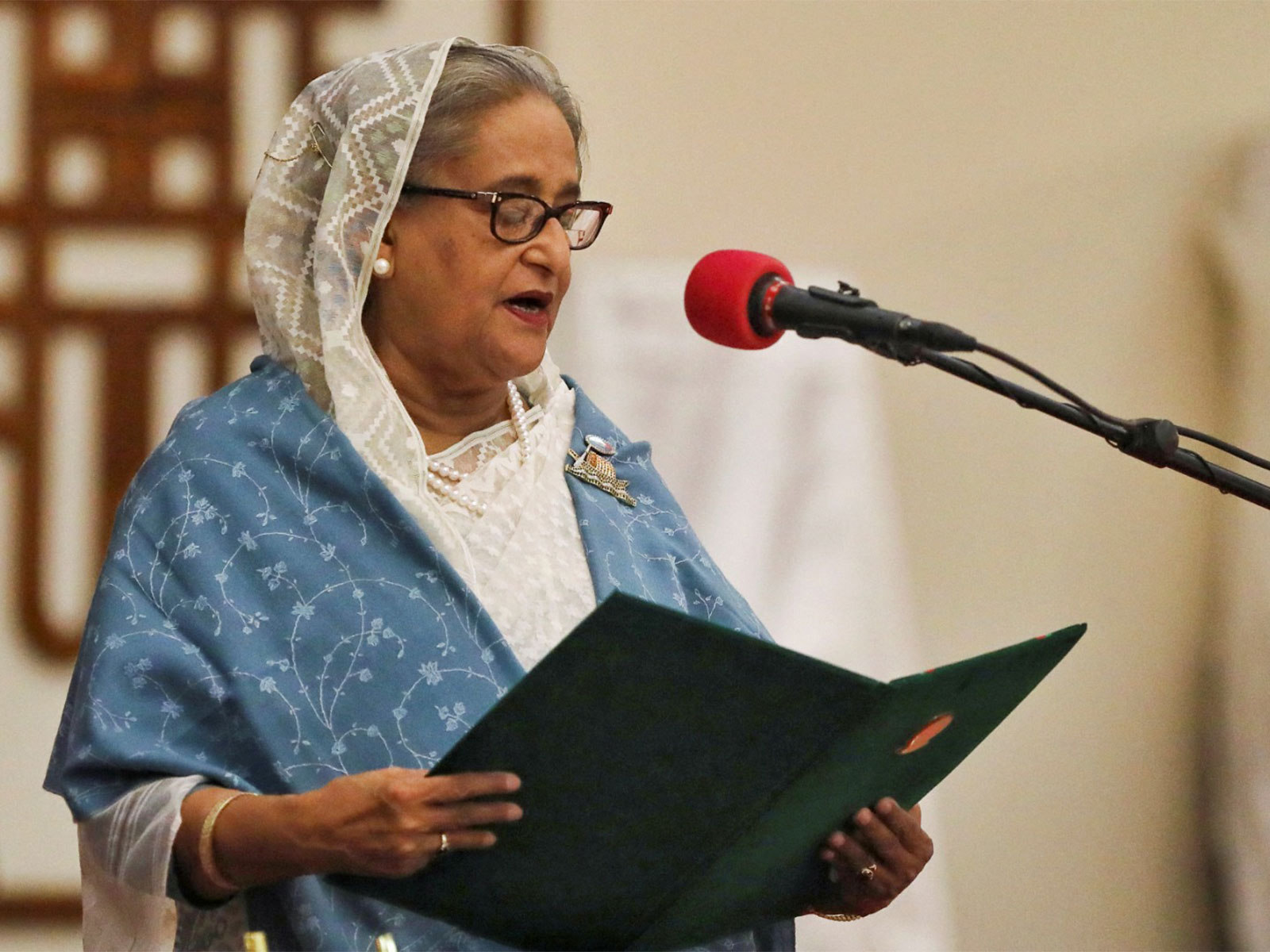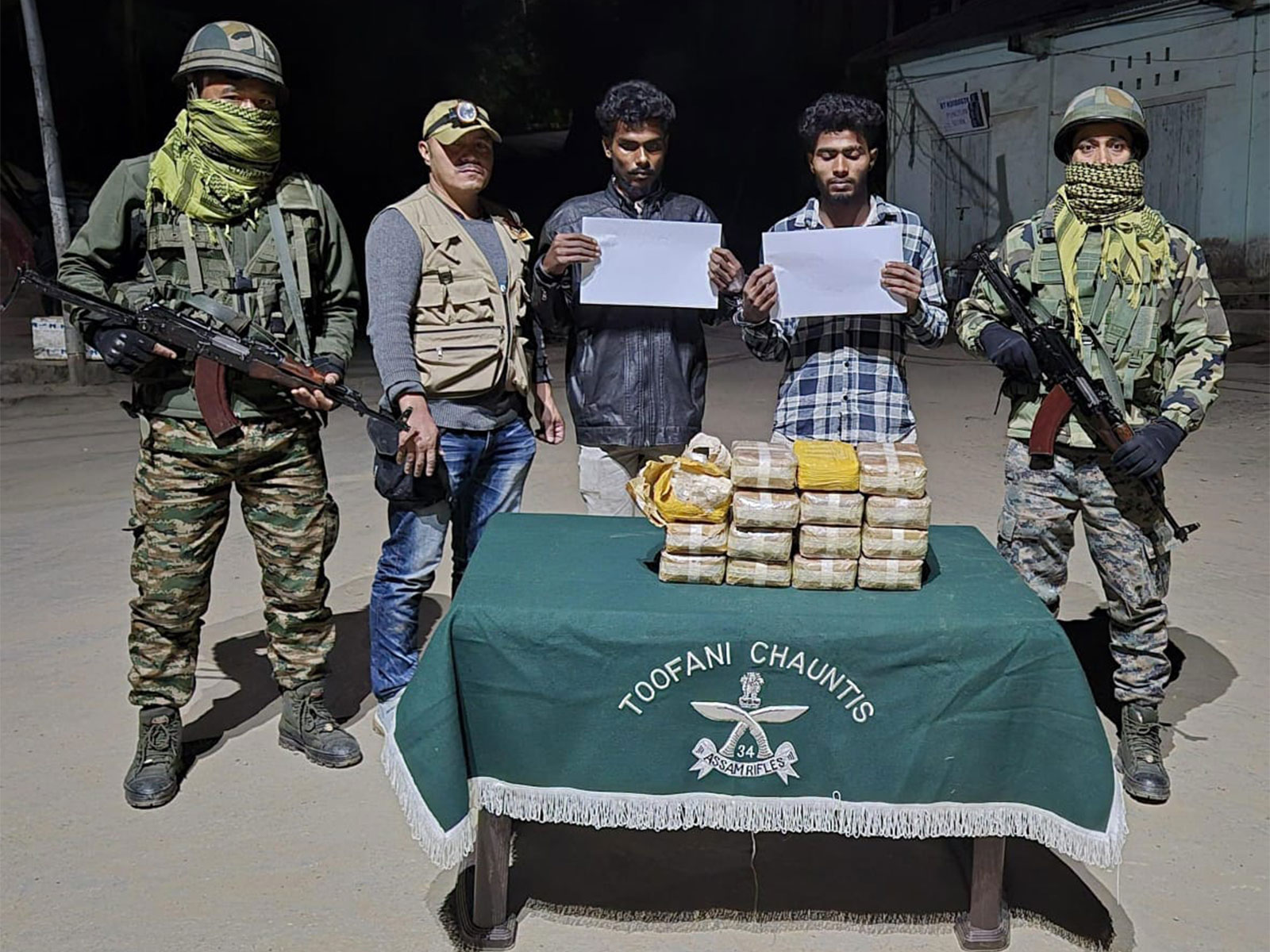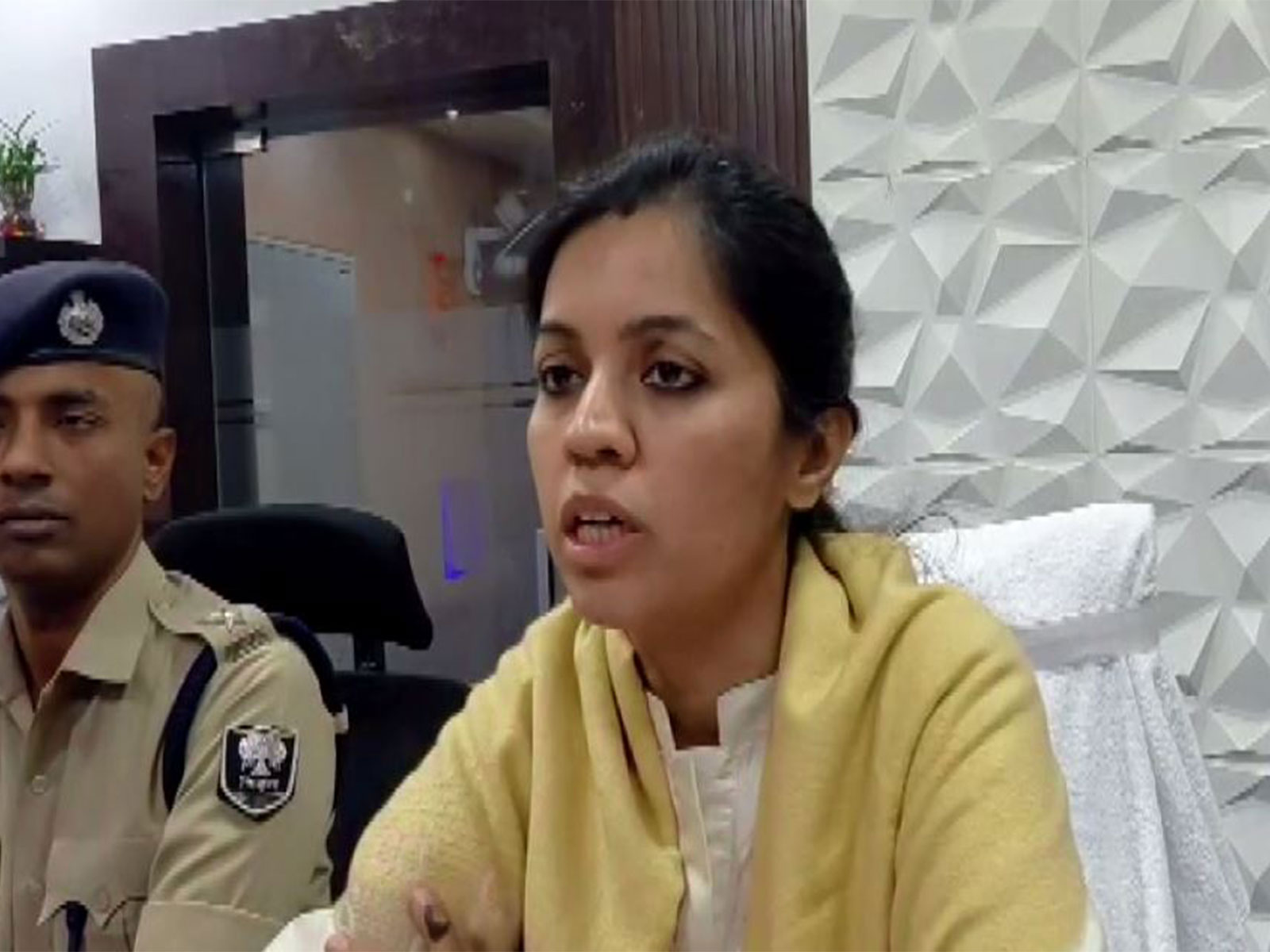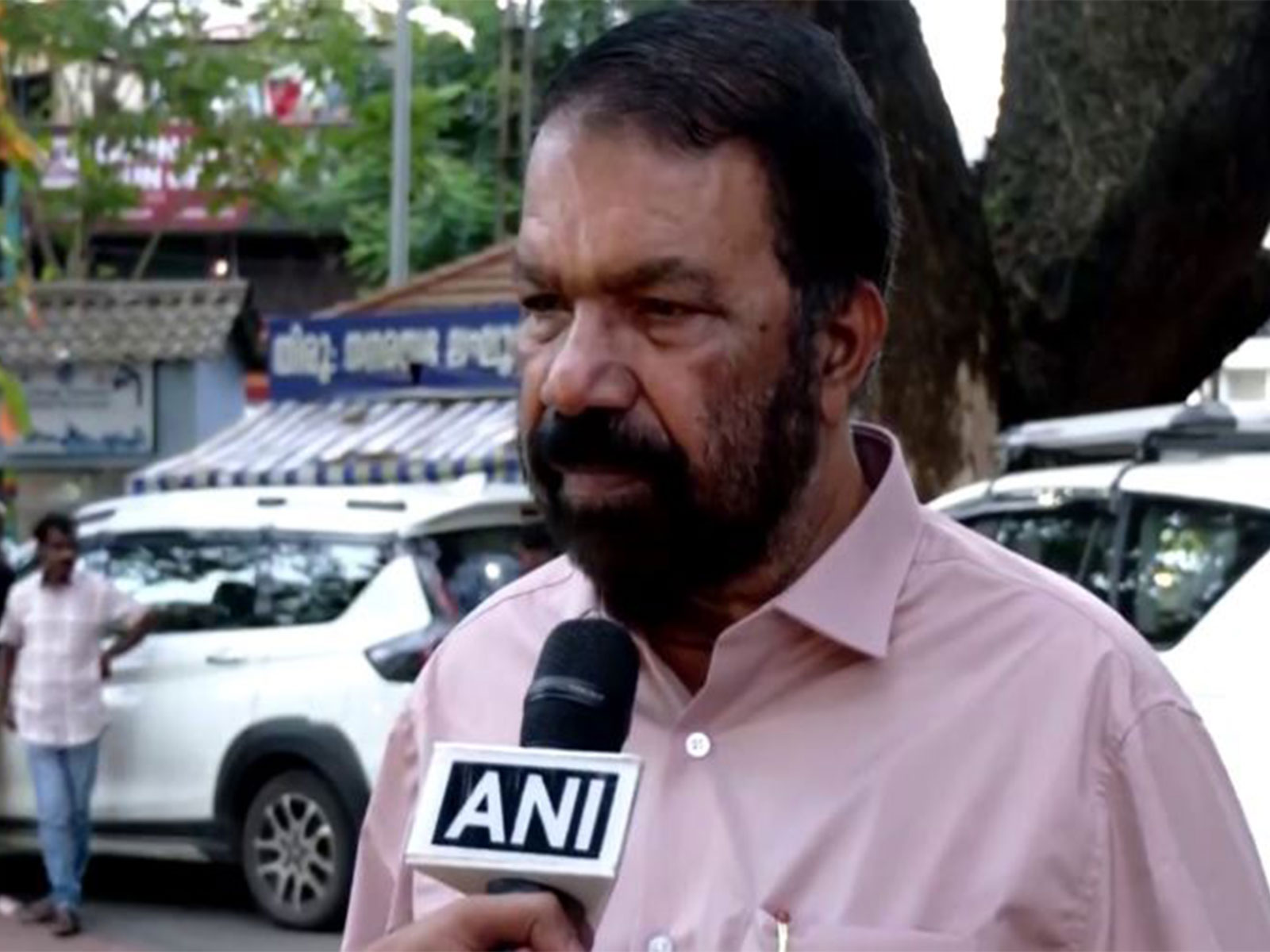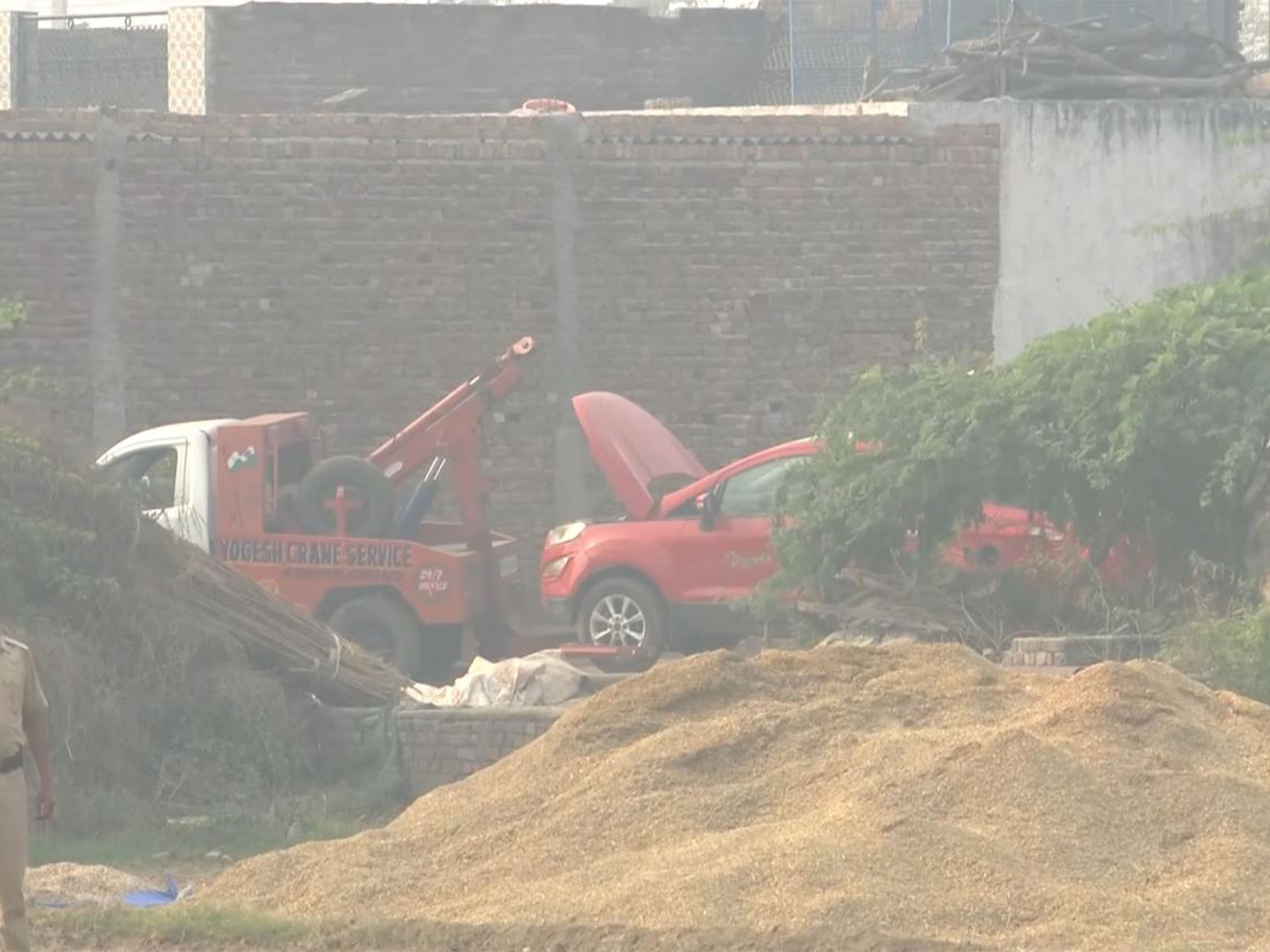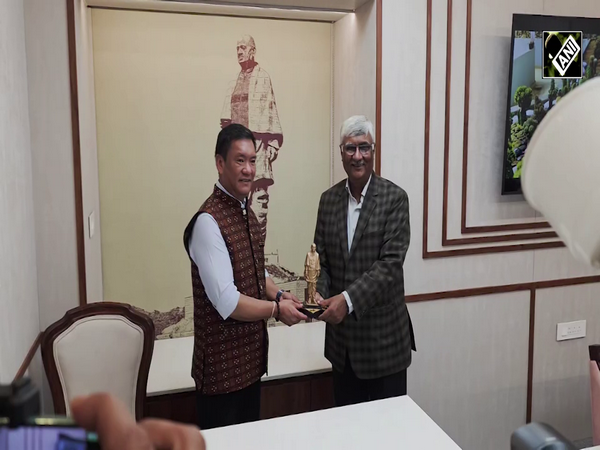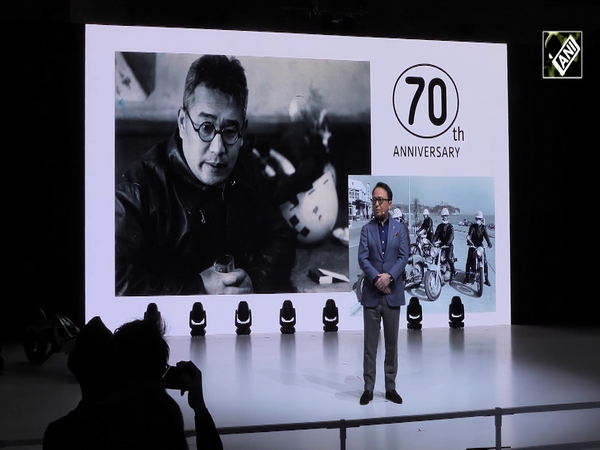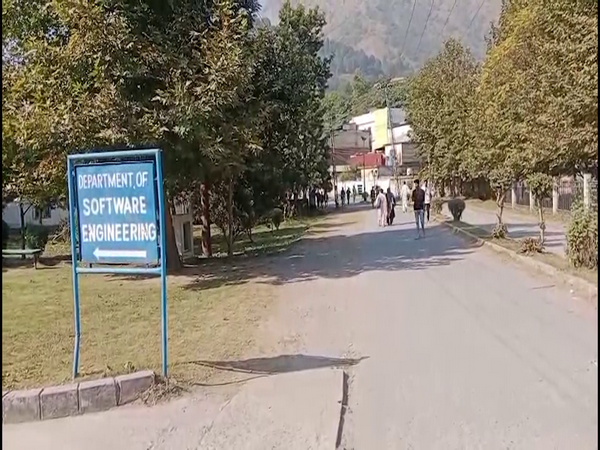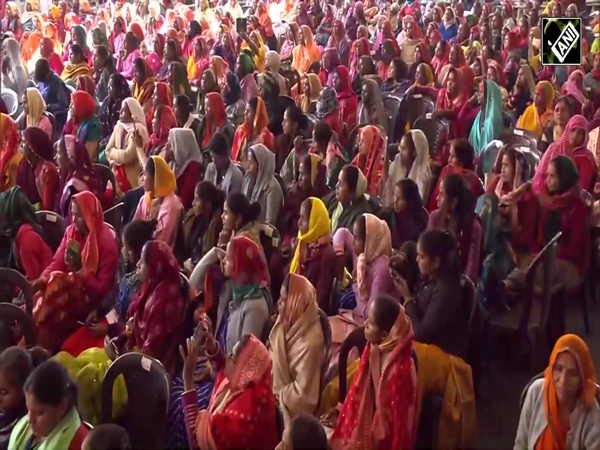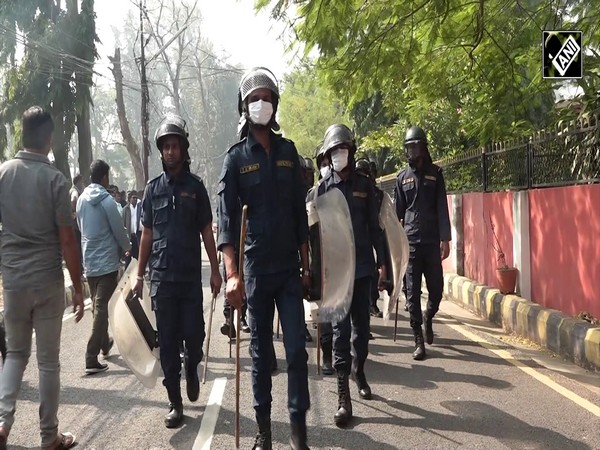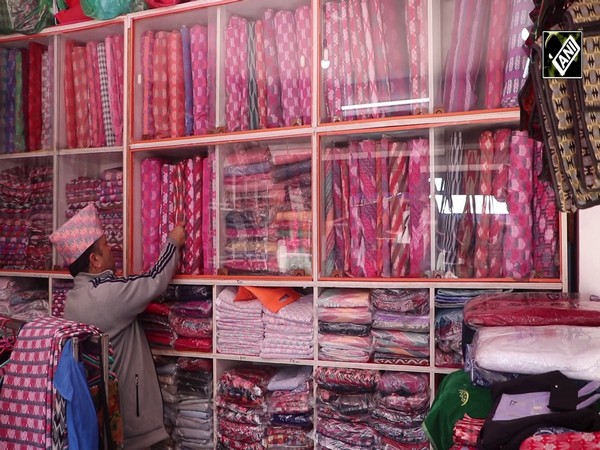Nepal's longest chariot festival Rato Machindranath Jatra will soon be over
Jun 01, 2022

Lalitpur [Nepal], June 1 : Nepal's Red God- Rato Macchindranath this year has completed the tour of the ancient city of Lalitpur in a month. On Wednesday, the 32-foot tall chariot was pulled upto Jawalakhel, the last spot where the chariot will be dismantled after the procession of Bhoto Jatra.
Running over the span of weeks depending vaguely on astrology, the Rato Macchindranath chariot festival starts from late April to early May. This year the chariot festival started on May 1st and reached the last spot on June 1st.
According to the lunar calendar, the longest chariot festival of Nepal begins on the fourth day of the bright fortnight of Bachhala, the seventh month in the lunar Nepal Sambat calendar but this year, it didn't fall as per the set-out rule.
The chariot procession of Rato Macchendranath also called "Bunga Dugh" in Newari means the God of Rain and Harvest is the longest Jatra in Nepal which runs for months depending widely on astronomy.
"Today the chariot of Rato Macchindranath is being pulled from Lagankhel's Thati tole to Jawalakhel which goes past the Kumaripati- Manbhawan road section. Upon reaching there the processions of chariots perform Yanya after which the Bhoto Jatra would be celebrated," Melina Chitrakar, a resident of Lalitpur told ANI.
Observed in the ancient town of Lalitpur, the sky scrapping chariot goes around the city after four days of the ascension of God. After spending four days on the roadside constructed chariot, it is pulled to Ga: Bahal and rested for one day, after that it is pulled onto Sundhara and Mangalbazar where it is kept for a day in each of these places.
Then after it is pulled on further to Lagankhel where it is kept for one day. During that time, a day has been separated for women-only to pull the chariot and take it to E: thihaand and then after making astronomical calculations it is pulled onto Jawalakhel.
It might take more days as the priests have to look onto the auspicious times, sometimes it is holed up there for 10-15 days or even one month or more.
After driving it to Jawalakhel and marking on the 'Bhoto Jatra' attended by the head-of-state, the lord is taken back to Bungmati (an ancient historical town of Lalitpur) and the chariot is dismantled.
Chariot procession of Rato Macchendranath always starts by end of April or early May, but due to the COVID-19 pandemic, the procession was pushed to further dates multiple times in earlier years. In 2020, the area where the chariot was constructed also turned out to be a battleground as revellers tried to pull the chariot.
"Pandemic has been a really-really tough phase for everyone. For this Jatra to take place after two years is one of the most amazing things that has taken place in the city of Lalitpur. I think to organize this Jatra was big, so I think it's really amazing," Yashushi Shrestha, one of the revellers told ANI.
One of the popular legends states that once "Guru Gorkhnath" came to the city of Patan and wasn't acknowledged by people living there. As the commoners didn't offer him food and ignored him, Guru Gorakhnath captured all the serpents and held them captive.
"Naags" or serpents are associated with rains. Since they were held captive by Guru Gorakhnath, Patan experienced drought and famine.
Advisors of the then, king of Patan, Narendra Dev was asked to bring the teacher of Gorakhnath- Lord Macchendranath from Assam. Hearing about the teacher's presence in the town, Guru Gorakhnath stood up from his seat letting the serpents loose which brought in the rain to the city, ending the drought.
Adoring, Rato Macchendranath for his feast, locals of Patan started a chariot procession in the city in 897 AD which is held annually and taken around the city reminding people about his deeds.
Chariot procession of Rato Macchendranath earlier was stalled due to the earthquake of 2015 for nearly half a year and the Covid pandemic this year.


